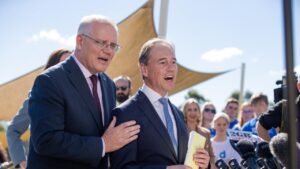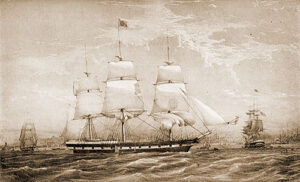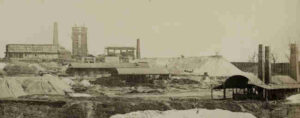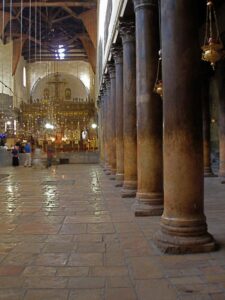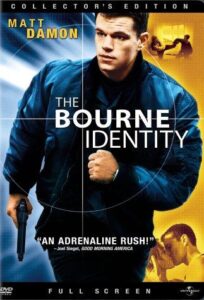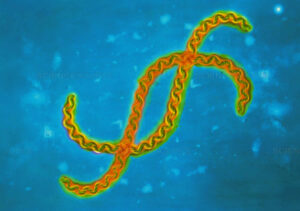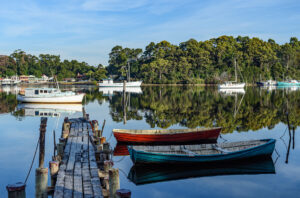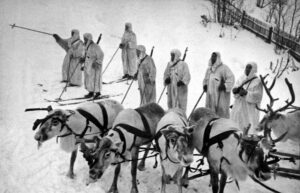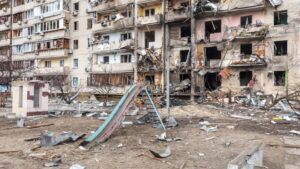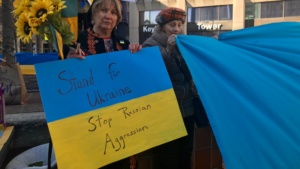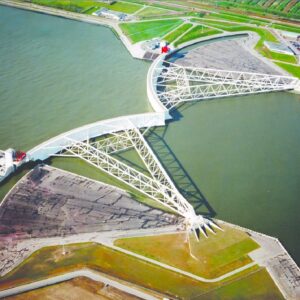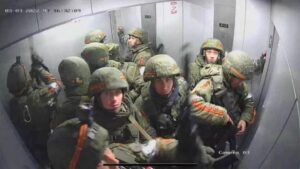Where’s Albanese? After all, Modi’s there.
Bit of a Cheap Shot?
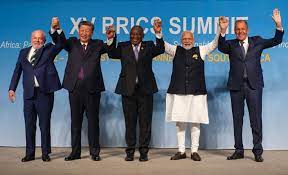
No way
This is the Vecchi Five? Five Guys called Anzio.
Albanese at 56 is far too young to join this Group.
The Haley Comet
It is interesting to watch the aspirant Republicans striving for their Party’s nomination when all the pundits with the knowledge of the polls are predicting a runaway victory for Trump. The Orange Messiah has converted his followers under the name of the Republican Party into a cult.
There remains a thinking rump of the Republican Party who have disengaged – the Trumpian Atheists who do not like the fervour surrounding Trump and have disengaged. What can they do? There are fierce activist anti-Trump groups like the Lincoln Project, but I wonder how far they penetrate the Republican base, especially the marginal red States such as Ohio and Indiana.
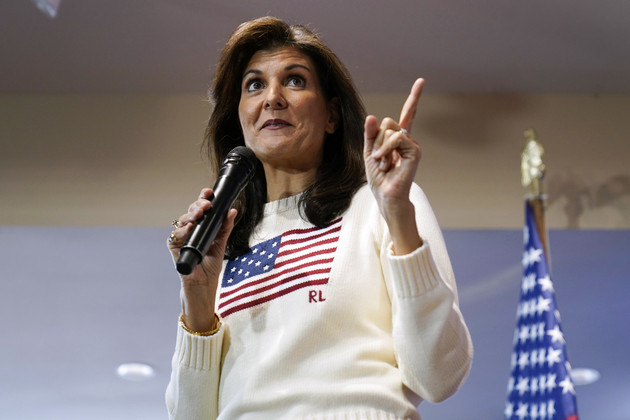 In Iowa, Trump has almost assumed to be the winner, while the only two realistic challengers, Governor Ron DeSantis and former Governor Nikki Haley are denigrating one another. Nevertheless, in realistic terms are these two contesting the position of Trump’s running mate? I have incidentally dismissed the third remaining candidate, Vivek Ganapathy Ramaswamy. Nevertheless, in the crazy pattern of Republican politics, he may bob up a Hindu of Tamil heritage.
In Iowa, Trump has almost assumed to be the winner, while the only two realistic challengers, Governor Ron DeSantis and former Governor Nikki Haley are denigrating one another. Nevertheless, in realistic terms are these two contesting the position of Trump’s running mate? I have incidentally dismissed the third remaining candidate, Vivek Ganapathy Ramaswamy. Nevertheless, in the crazy pattern of Republican politics, he may bob up a Hindu of Tamil heritage.
Haley has significant backing from Koch enterprises, which could be aiming for Haley being the running mate and thus having influence on Trump. If Trump comes into office, there is a chance that he could die in office or become mentally compromised, unable to govern. This has occurred before with Woodrow Wilson being the most obvious example. He had a major stroke in 1919 from which he never recovered; initially his condition was not told to the American people and his wife was alleged to have acted as the de facto President.
No one close to Wilson was willing to certify, as required by the Constitution, his “inability to discharge the powers and duties of the said office.” Although some members of Congress encouraged his Vice President, Thomas Marshall, to assert his claim to the presidency, Marshall never attempted to replace Wilson, even though he had been Governor of Indiana. Wilson even tried to be nominated for a third term, despite being severely disabled.
A more recent, very public example is how long the Roman Catholic Church persisted with a Pope, who was so obviously “ga-ga”; yet nobody dared to question the fact that he should remain as Pope. It is ironic that the probable instigator of this retention of a demented Pope was Cardinal Ratzinger, his successor as Benedict XVI, who prudently retired from his Papacy before he went the same way.
I doubt if Haley could be compared completely with Ratzinger. He was never a Sikh.
Politico has opined: Haley has spent most of her campaign walking a fine line when it comes to Trump, alternating between opposing and praising him as she aims to appeal to both “Never Trump” Republicans and those who are open to the idea of voting for him again.
To influential backers Haley is an insurance policy against Trump going completely mad should he be re-elected as President. I am naïve enough to believe that the money people are aware of Trump’s health status, although Trump’s closest staffers would have tried to spread as much disinformation about him if his health is indeed in jeopardy. Just listening to him (if the newsclips are to be believed) Trump obviously is having problems with his mental state, which would be one reason he has bypassed the current round of debates, unlike his previous Presidential forays.
For instance, if Trump does have incipient fronto-temporal dementia, then faced with persons contesting his supremacy on national TV just may trigger Trump to not only unleash a stream of verbal abuse but also to exhibit episodes of physical violence. Just imagine him striking Haley on national TV – such an outburst may not trouble his base, but the whole of America is not his base yet. My vivid imagination? Perhaps, but remember when he was saner, standing over Hilary Clinton in their national debates was evidence of his brutal attitude towards women.
There are caveats. Haley may have already done a deal with Trump. She is completely pro-Zionist. One may remember what occurred so many years ago in relation to the American Hostages in Iran where the then Presidential aspirant, Ronald Reagan, was in “back passage” discussions with the Iranian Government, while the official inter-governmental lines were blocked. Reagan was not only in secret conversations with the enemy but served to obstruct the process by continually sabre-rattling and undermining President Carter until he became President and the matter was quickly resolved, “minutes after his Inauguration”.
I would not put it past Netanyahu to continue his destructive activities to emphasise to the American electorate that Biden is a completely weak, ineffective “tosser”. The go-between Trump and Netanyahu? Nikki Haley or her apparatchiks. Surprise, surprise. But I am only indulging in a conspiracy theory – or am I?
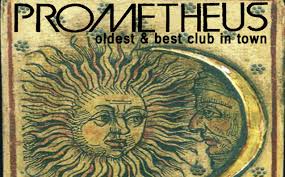 As the bloke in the Prometheus pub, butting his fag out on the floor said as he picked up his schooner: “That Haley, she’s one tough sheila!”. He drank his beer and looked out into the encroaching global desert where there was once a freshwater lake. He repeated “One tough sheila! Couldn’t care a fuchsia about anybody else, least of all Planet Earth.”
As the bloke in the Prometheus pub, butting his fag out on the floor said as he picked up his schooner: “That Haley, she’s one tough sheila!”. He drank his beer and looked out into the encroaching global desert where there was once a freshwater lake. He repeated “One tough sheila! Couldn’t care a fuchsia about anybody else, least of all Planet Earth.”
South Carolina Cuisine
There are many reasons to admire Southern Cooking in the Good Ol’ State where Nikki Haley was governor for six years. I have commented on the cooking when we have stayed on Fripp Island, a barrier island located along the Atlantic coastal low country part of that State. But nobody mentioned Hoppin’ John. I could not resist printing this excerpt from the New York Times. Anybody for pork jowls?
Hoppin’ John is a dish of the South Carolina low country, peas and rice cooked together and often served on New Year’s Day as a wish for a prosperous, lucky future. (The black-eyed peas are meant to represent coins. Some cooks throw a dime into the pot or place the coin under one of the bowls on the table.)
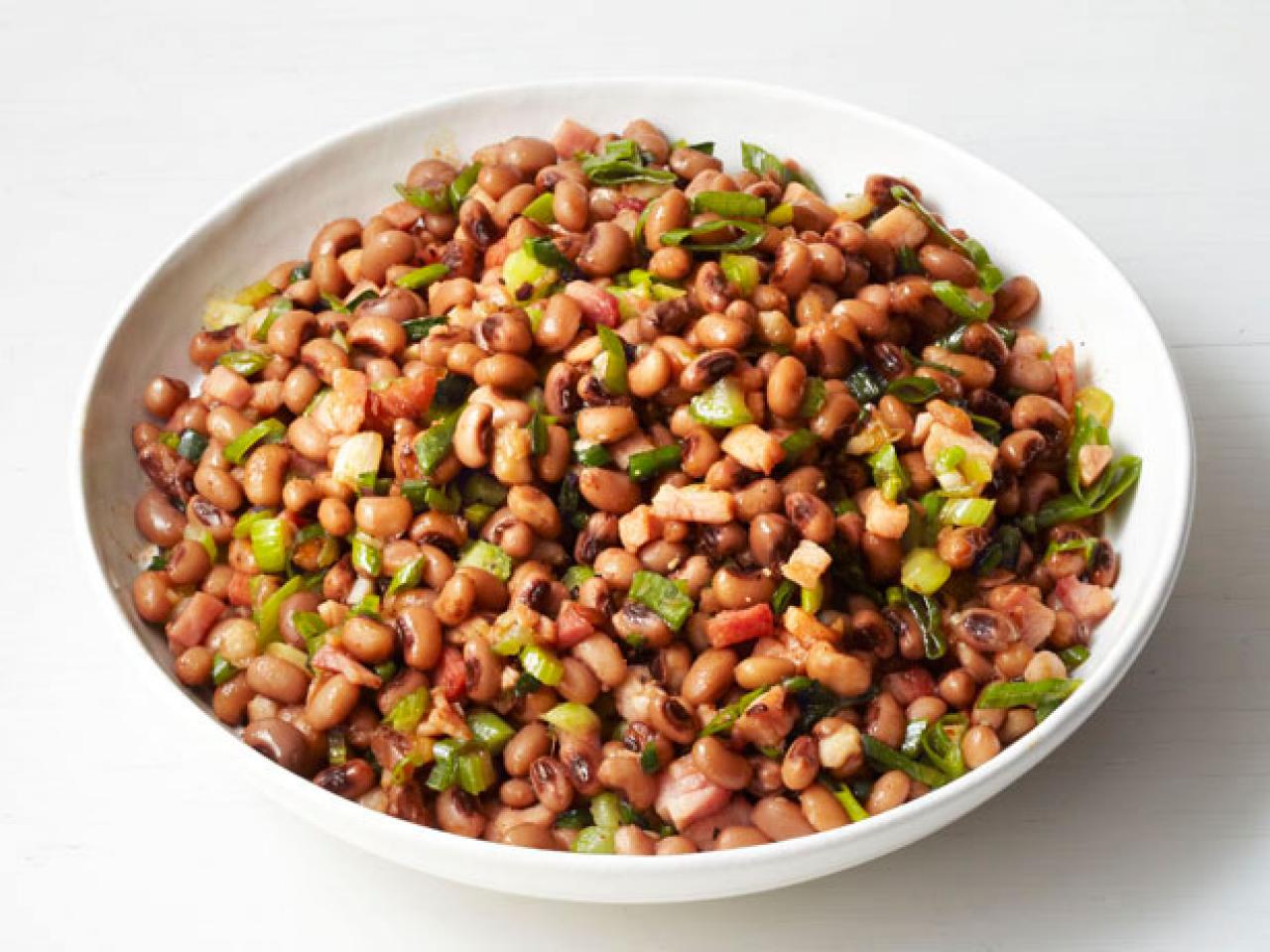
But as Toni Tipton-Martin wrote in her 2019 cookbook, “Jubilee: Two Centuries of African American Cooking”, there are many who eat Hoppin’ John on New Year’s Eve instead, as part of a Watch Night service in which the Christian faithful come together to usher in the new year. The ceremony dates back to “Freedom’s Eve” on Dec. 31, 1862, when enslaved Africans gathered in Southern churches to hear the news that the Emancipation Proclamation had set them free.
Tipton-Martin’s recipe for Hoppin’ John isn’t quite that old. She adapted it from one she discovered in “Aunt Julia’s Cook Book”, a collection of recipes from the coastal South published in the 1930s by the Standard Oil Company. (“For happy eating, use these recipes,” a line on the cover reads, “for happy motoring, buy at the Esso sign.”) She uses bacon to flavour the rice, but if you can lay your hands on some smoked hog jowls to use instead, you won’t be sorry.
Denmark – A Principality of Tasmania?
I loved this American comment, which was appended to the announcement that the Queen of Denmark was stepping down and appeared in the Washington Post among the other 1400 odd comments.
The nations which make up Scandinavia, with the exception of Finland (which has a different history) and Iceland (which broke away from the Danish Crown due to events in World War II) are constitutional monarchies. All of them are well run, their citizens are healthy and content, and in all cases the standard of living is amongst the highest in the world. By and large, we are a law-abiding, peaceful people.
But all of us have relatives in North America. In many places (e.g., Wisconsin and Minnesota) the population there is largely Scandinavian. And we are very family oriented – we do look after our own.
This is specifically for the Orange Fool and his ilk. We descended on North America once, if we have to, we can do it again.
You have been warned. Don’t make us come over there.
Yet when you think about it, what does one know about the history of Denmark?
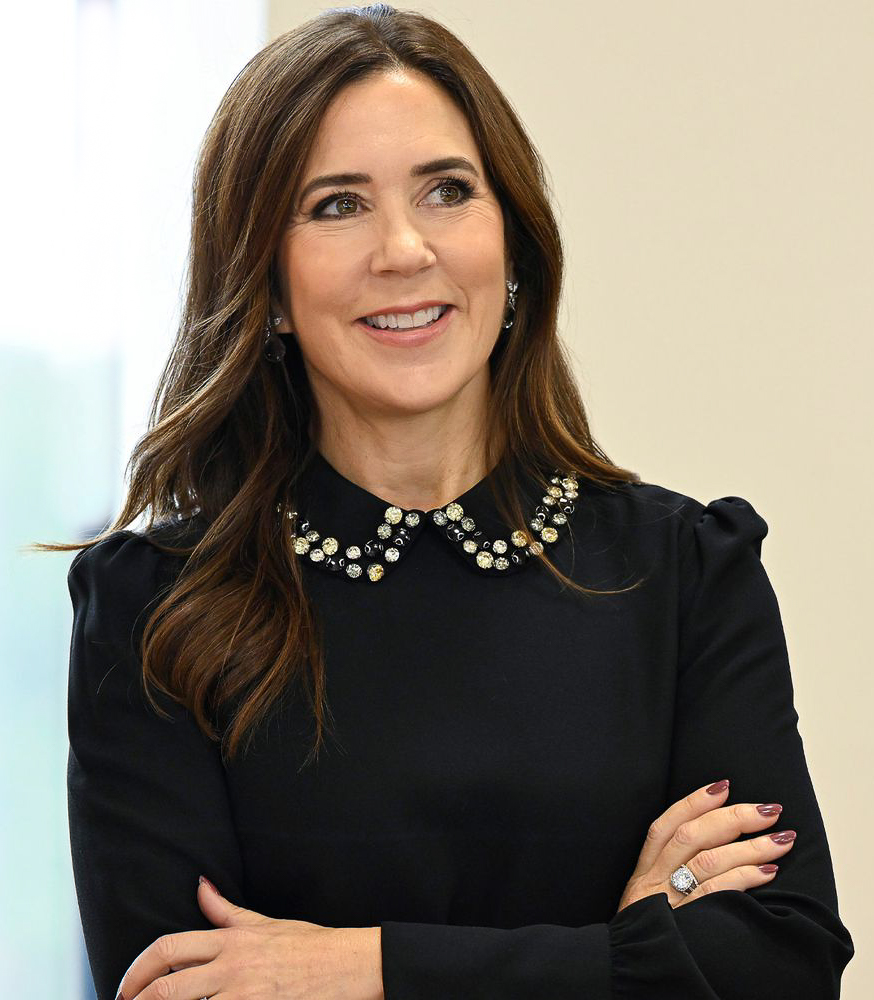 Denmark now has an Australian-born queen who exudes an elegance no more so than when she was giving, in front of the Danish dinner audience, a gentle roast of her husband on his 50th birthday. It was given in fluent Danish and without any trace of an Australian accent.
Denmark now has an Australian-born queen who exudes an elegance no more so than when she was giving, in front of the Danish dinner audience, a gentle roast of her husband on his 50th birthday. It was given in fluent Danish and without any trace of an Australian accent.
It was a strange situation, and normally one watches it for a minute or so, and then moves on. The then Crown Princess Mary was almost magical in how she controlled the room. The response of the future King was interesting in that he seldom moved from his vacuous affable look, which one would probably expect from one with Victorian blood rippling through his veins.
Being the home of Lego, Denmark has always been the toyshop of Europe to me.
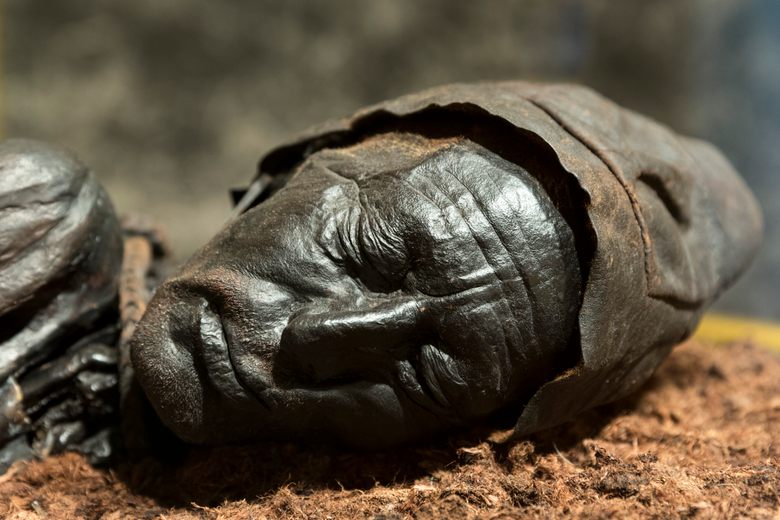
We have been to Denmark several times, visited the Tivoli Gardens, paid my respects to the Tollund Man in his resting place in the Hovedgården museum, wandered around the fens of Jutland looking for Babette’s Feast, and stayed at the venerable Admiral Hotel, in Copenhagen on the quayside next to Amalienborg Royal Palace and opposite the modern Copenhagen Opera House. Of course, there are showrooms replete with Danish craft, and even hot Danish to eat and Danish coffee to drink. We have eaten my favourite pickled herring smørrebrød washed down with ice cold Aalborg caraway-flavoured aquavit.
Denmark is all very clean, all very flat, with bicycles with helmetless riders everywhere. Walking along the waterfront towards the little mermaid statue, as you watch the changing of the guard in their rig of bearskin, black tunic and blue trousers with its broad white stripe, you feel you have been absorbed into the top of a chocolate box. Well, what do you expect, this is the world of Hans Christian Anderson!
But the reality of Denmark has been a struggle to maintain itself as a small distinct entity with a distinct language when there are no barriers between it and Germany. The Germans took six hours to take over Denmark in 1940, but then left the Danes very much to govern themselves, such that the royal family remained in Denmark during the war. It was not until the concluding stages of the War, when the relationship deteriorated, that in late 1943, the Danish Government was dissolved and Germans established martial law across the country.
Denmark had been forced to cede Schleswig-Holstein, an area in the south of Denmark abutting Germany to Prussia and Austria in a short-lived war in 1864. There is a gradation from the north to the south of predominantly Danish to German speakers; in the central part people speak a dialect, predominantly German. After WWI, Denmark regained the Danish-speaking Northern Schleswig following a plebiscite.
I vaguely remember Schleswig-Holstein as surrogate for identifying difficult puzzling situations, since it represented the acme of such ethnographic confusion.
The Danes were not immune from colonisation, and in the Northern Hemisphere there have been Iceland (broke away in 1944 to form a Republic), the Faroe Islands and Greenland, now both self-governing but still swearing allegiance to the Danish Throne which, in the case of Greenland, presents a potentially interesting situation.
The Danes developed a mini-imperial excursion into Western Africa and the Caribbean, which I knew about. I had not realised that they also had trading posts in India.
The Christiansburg Fort in Accra appeared on Ghanaian stamps, and I remember attending a film festival where the film featured the Danish Antilles. The Danes were early into slave trading, but ultimately sold their overseas holdings to the British and, in the case of the Danish Antilles, to the United States, when it became the US Virgin Islands. Thus, when Trump floated the idea of buying Greenland, it was not altogether fanciful given the Danish vending history.
We moved on to Norway, but not before we visited Jellen Kirke, a nondescript whitewashed church, but the resting place of the Danish Kings – the revered place of Viking kings.
 It reminds one that the Danes have form, as the implicit threat in the quoted comment above which got me thinking about the Danes’ contribution to civilisation: You have been warned. Don’t make us come over there.
It reminds one that the Danes have form, as the implicit threat in the quoted comment above which got me thinking about the Danes’ contribution to civilisation: You have been warned. Don’t make us come over there.
It was about 500 AD when the Angles came from the Schleswig part of Denmark and the Jutes from Jutland to pillage then settle. The Saxons came from Lower Saxony in modern day Germany, but when these guys were around, borders were ephemeral depending on the extent of tribal influence. Hard to countenance unless modern day Denmark harbours a secret Viking yearning for another round of pillaging.
Five Guys named Moe
In 1967, Pontus Hultén (the director for the Moderna Museet in Stockholm) asked a writer, Olle Granath to help with the production of the Warhol exhibit, the latter was commissioned to write the program for the exhibit, complete with Swedish translations. Granath claims that after submitting his manuscript, Hultén asked him to insert the quote: “In the future, everyone will be world-famous for 15 minutes.” To which Granath replied that quote was not Warhol, Hultén replied, “if he didn’t say it, he could very well have said it. Let’s put it in.”
This is a strange story of little moment, except that I was thrust into the spotlight for perhaps my fifteen minutes of fame. It happened in 1994. I have no memory of why I was in London. I still have my ticket which says that on Friday 16 September, at a cost of £27.50, in seat H12, I watched a production of Five Guys Named Moe in the Lyric Theatre located on Shaftesbury Ave.
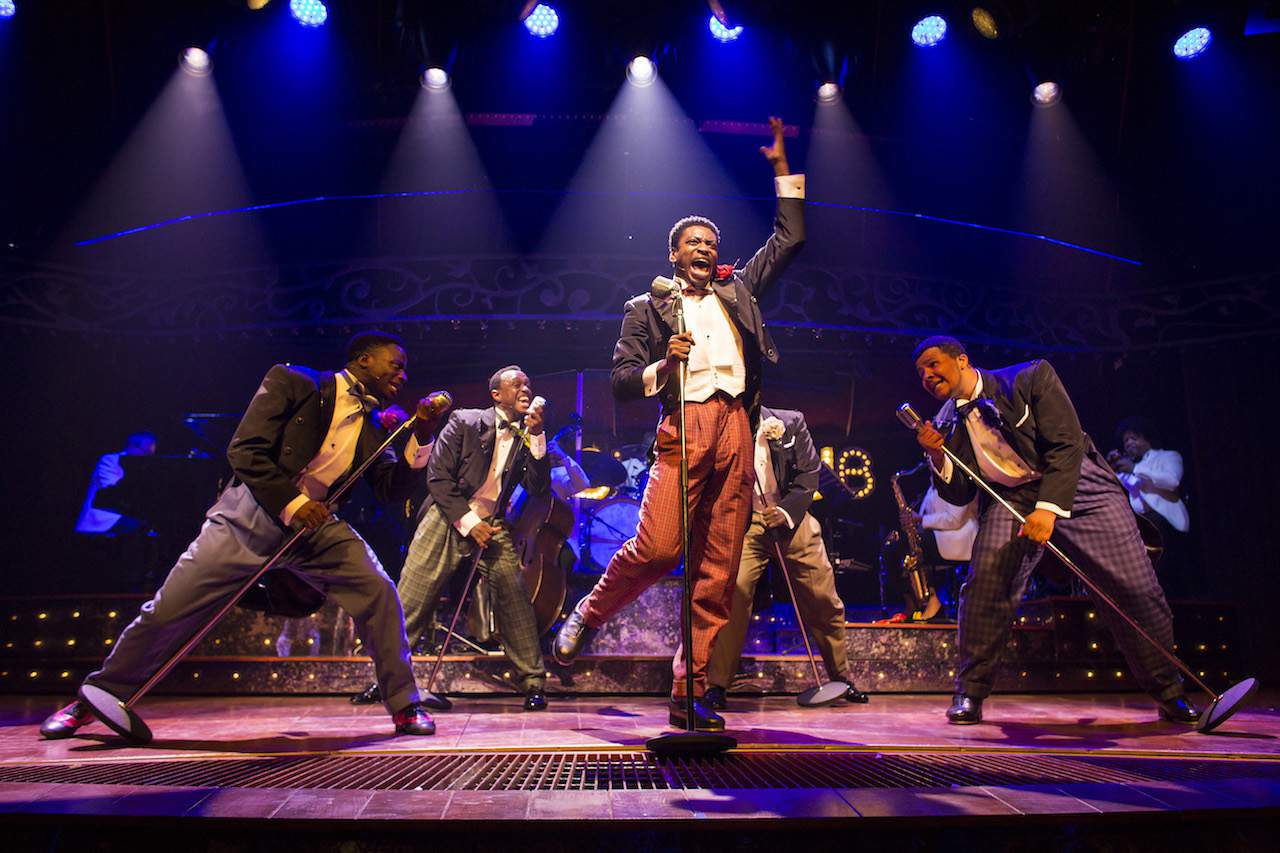
I had been in America, and I was staying at the Skyline, one of those Heathrow pubs, so my stay was not expected to be a long one. Having been in America, it was probably cheaper to fly round the world than book a return flight to New York. Yet having said that, I probably contradicted that apparent frugality by upgrading to fly Concorde across the Atlantic as I did when I could.
The Skyline Hotel did not match that extravagance, nor taking the Tube into London. The only activity, I remember before going to the theatre was to go to Harrods and buy a present for my wife. I only knew that because I was carrying a Harrods bag when I went to the theatre.
Five Guys named Moe had already had a run in Melbourne and it was said to be fun. As I did not want to see anything serious, I had decided to go to see this jive musical, based on the coloured saxophonist, Louis Jordan, and his Tympany five, which had started recording in 1939.
My seat was on the centre aisle and was enjoying the music and the cleverness of these five coloured guys, each called a variation of “Moe”, (Big Little, Eat, Four-eyed & No – all Moe) when just before the interval, there was an audience participation number.
Suddenly one of the Moes jumped from the stage, and grabbed my hand, and the next minute, complete with my Harrod’s bag that I did not relinquish, I was on the stage jiving along with the cast. This was great fun and suddenly I was dancing on my own all over the stage. Then one of the Moes with a not too friendly face confronted me and hissed “put up your hands” and we did a sort of a high five, inhibited by my having to put down the Harrods bag. I had not realised that my antics had made the audience to laugh as I found out at interval. With or at me I didn’t know. I did not hear them above the music.
When I appeared in the foyer crowd at interval, this group of Americans were all convinced that I was a plant, they did not believe I was not part of the cast and ordered a champagne for me. Others came up to congratulate me with a laugh. I was nonplussed but went along with glow of being the unexpected talking point of the first half of the musical.
My fifteen minutes had expired.
The gong was sounding for Act 2. I left and went back to my hotel. I still had the Harrod’s bag.
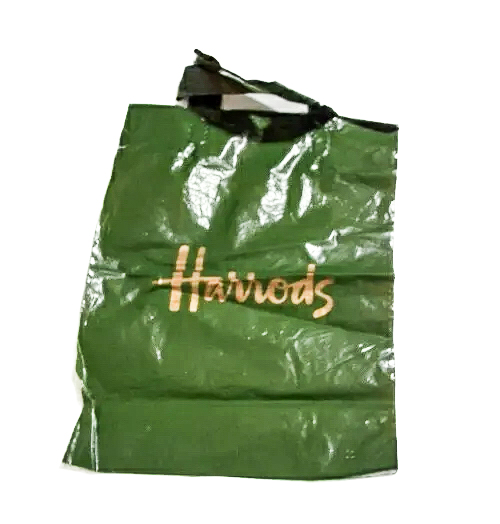
Extinction
To begin with, there are more endangered and threatened species than ever before. When the law went into effect in 1973, fewer than 130 species were on the government’s list of domestic plants and animals at risk of going extinct. Today, according to the US Fish and Wildlife Service, there are well over 1,600. And just as the ESA has not prevented the endangerment of many additional species, it has not achieved its mission of bringing endangered flora and fauna populations back to health. All told, only 57 domestic species (3 per cent of those listed) have recovered, while 11 (1 per cent) have gone extinct. After a half-century under the stringent safeguards established by the law, 96 per cent of the endangered-species list is still, by the federal government’s reckoning, endangered. Boston Globe 3 January 2024
The above is a synopsis of what has occurred since the Endangered Species Act (ESA) was introduced fifty years ago. It has served as a scoresheet.
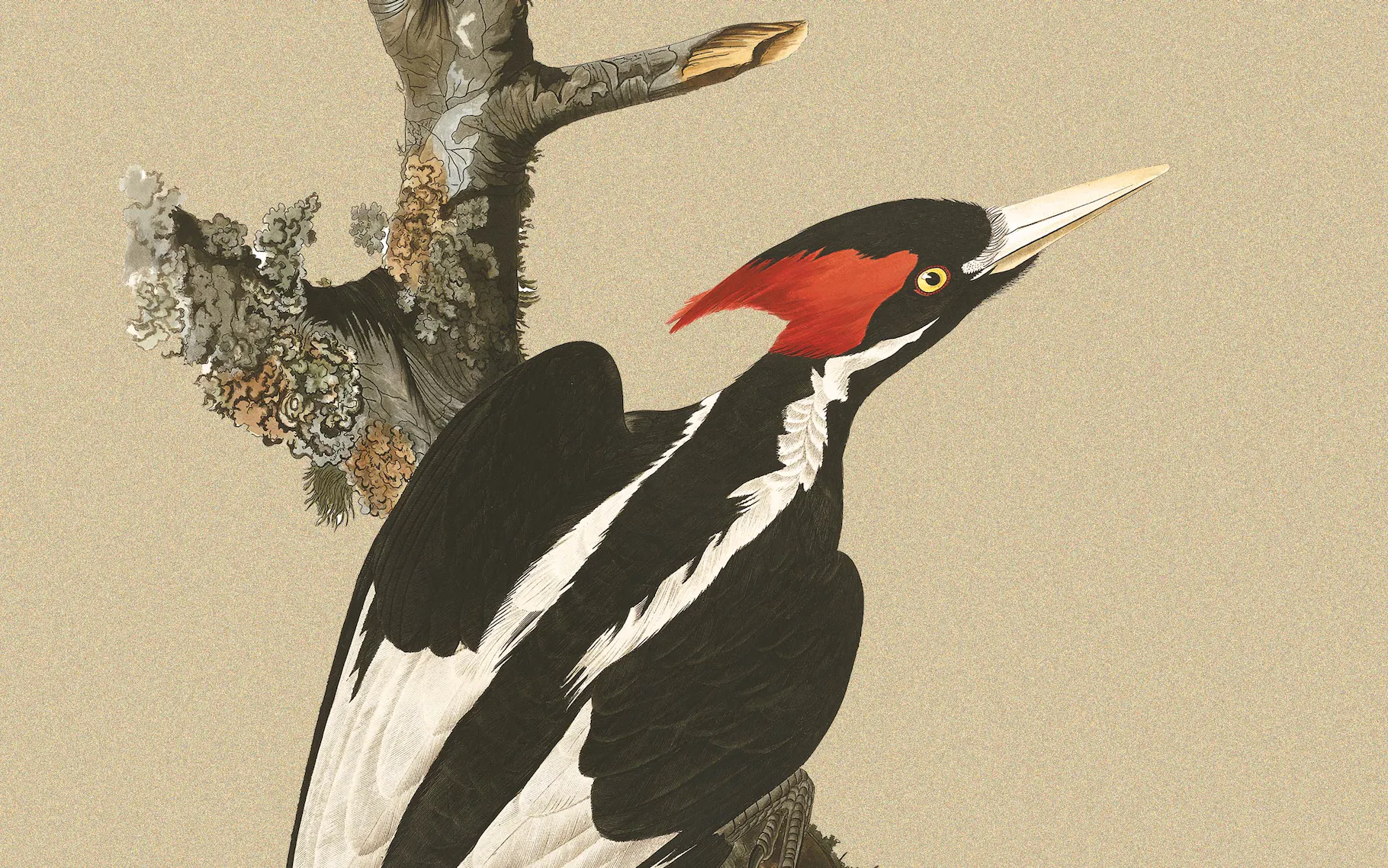
The epitome of American extinction is the ivory-billed woodpecker, one of the largest of its kind, which was last reliably seen in 1944 in Louisiana. The Australian equivalent s probably the Tasmanian Tiger, both being in sufficient numbers for there to be a denial that each have become extinct. There must be one somewhere, goes the conversation, almost a plea. The hunt for them has gone on long after the last time they were seen, now about eighty years ago. Is this continuing search long after extinction a grief response from a community which only yearns when all is lost.
At the same time, Hawaii in the past fifty years has lost eight bird species, and Guam has lost two species. Then there are a variety of mussels which have disappeared from the freshwater rivers.
On the credit side, there has been a huge increase in the number of bald eagles, down to a few hundred in the 60’s, now numbering 70,000. Californian condors down to single figures in the 70s are estimated to number 400, a modest figure but a significant number. The grey wolf, nearly hunted to extinction, now is estimated at a population of 6,000.
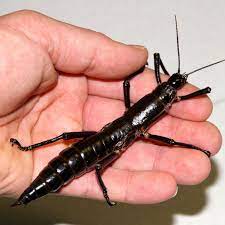 In Australia in recent times the discovery of the Lord Howe Stick Insect, the so-called “tree lobster”, was thought to be hunted to extinction by rats which came ashore from a wrecked ship in 1918, and wreaked havoc. The insects were thought extinct until three were found on a nearby island, Ball’s Pyramid and nurtured back to reasonable level through an Australian-based effort and reintroduction to the island.
In Australia in recent times the discovery of the Lord Howe Stick Insect, the so-called “tree lobster”, was thought to be hunted to extinction by rats which came ashore from a wrecked ship in 1918, and wreaked havoc. The insects were thought extinct until three were found on a nearby island, Ball’s Pyramid and nurtured back to reasonable level through an Australian-based effort and reintroduction to the island.
Since 1788, it is reckoned that Australia has lost 38 mammals, and a total of one hundred fauna and flora. Nevertheless, there are a number on the brink, due to a combination of land clearances, introduced animals (cats, dogs, rats and foxes) and huntin’, shootin’, trappin’ Man. There has also been overuse of pesticides, but the ban on DDT has helped the bald eagle revival.
Despite apparent successes shown by the American Stocktake, the outlook remains very pessimistic.
In Australia, there is so much humbug. The post of a Threatened Species Commissioner has been created. The following an excerpt from government directory says it all: The Threatened Species Commissioner is a non-statutory position (it is not identified in legislation) within the Department of Climate Change, Energy, the Environment and Water. This position does not have a regulatory role in the operation of the Environment Protection and Biodiversity Conservation Act 1999.
She may be the next extinct species, in reality. For a time, she may trail around presenting a smiling face and holding some small animal of no matter to the community at large. But of what relevance to policy determination?
The problem for the conservationist is that except for koalas, there has not been any semblance of co-ordinated preservation program. In the sea, there are always the whale lovers, but it is very convenient when these creatures appear to indulge in mass suicide but seem to be able to absorb such a tragedy by their very numbers.
If you happen to be in that serious cohort of conservationists, then the government treats you as some form of terrorist when you oppose flagrant destruction of habitat and the accompanying fauna and flora.
As the world moves to a domesticated homogeneity of dislocated suburbs with accommodation built to withstand nothing, replete with smaller and smaller gardens, the atmosphere reeks of climate change. Cities are constructed which get minimal maintenance, enhancing its citizens’ vulnerability to climate change, be it fire, flood, or pestilence – all accelerated by the destruction of the habitat provided by Mother Nature.
She has nurtured all the generations which have made Earth a liveable mess of wonderful heterogeneity. Now Governments of old men are destroying Earth in the name of machismo and mammon, leaving the masses increasingly at the mercy of Nature, now a merciless Fury rather than a Mother. But these Men who sought power will be dead, when Nature rebuffed leaves the children of the world, eyeless in Gaza.
Then who of my descendants will be covered by the Enhanced Species Act if they in the USA, or can rely for the Threatened Species Commissioner here? The smokescreen of bodgie legalisation or government positions is not just a controlled public relations burn; it is the genuine fire consuming the planet.
Mouse Whisper
Talking of Denmark…
Our household once went through a serious Georg Jensen jewellery purchasing phase.
Georg Jensen, the master Danish silversmith’s most famous quote was:
Silver is the best material we have. And silver has this wonderful shine like moonlight … a light taken straight from a Danish summer’s night. When covered by dew, silver can look like magical mist.
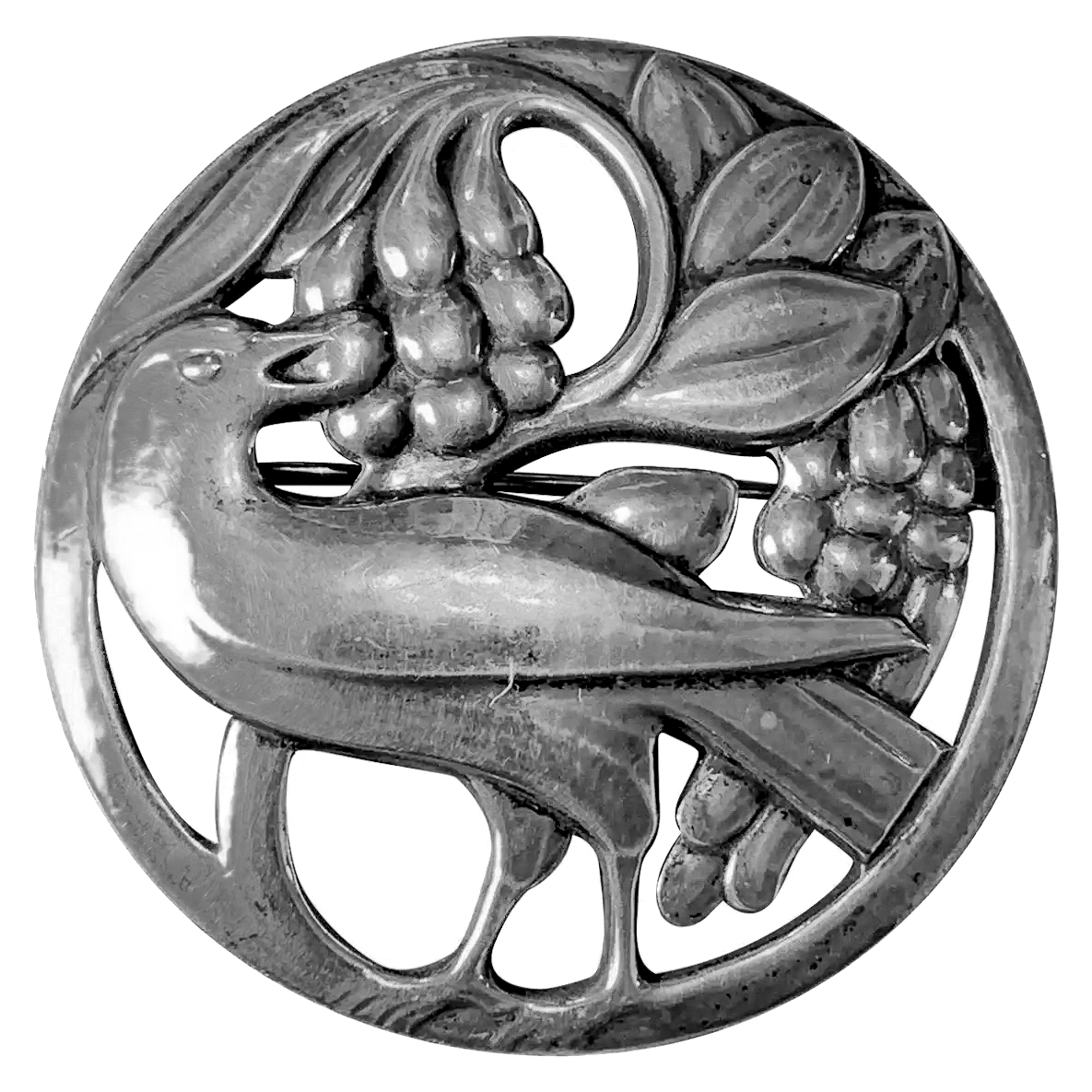

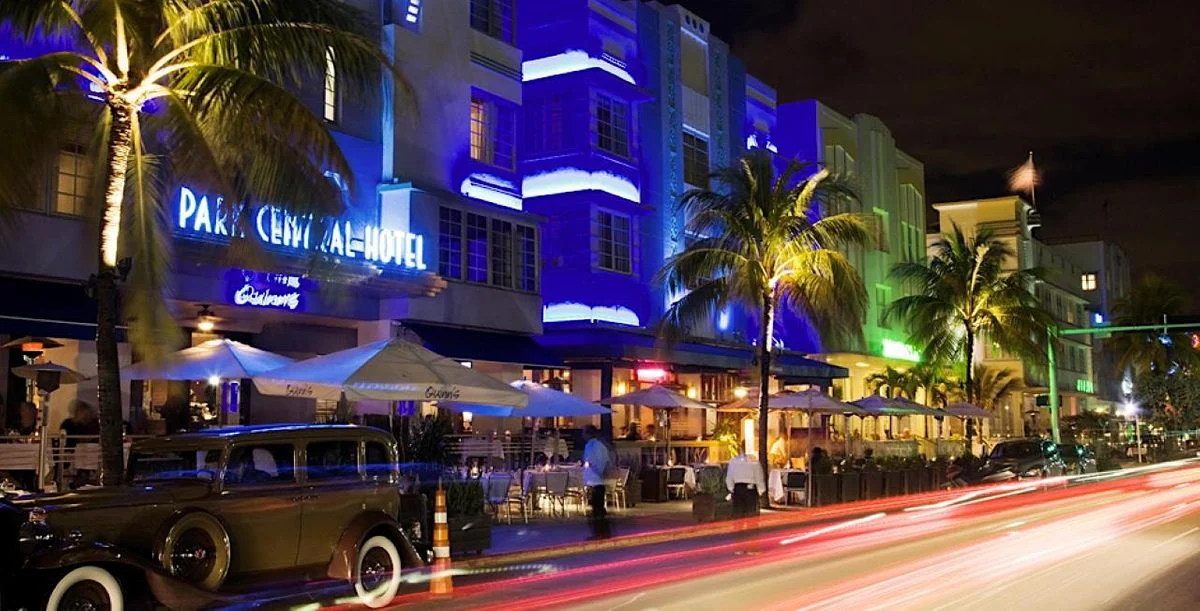
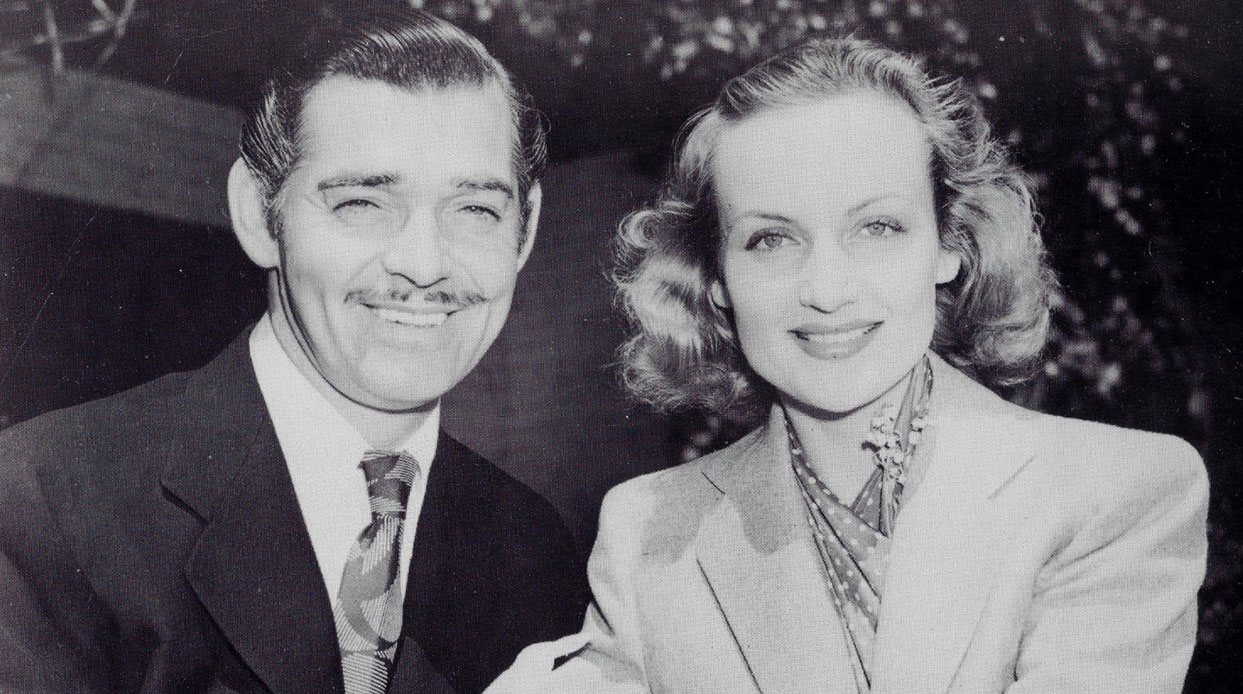

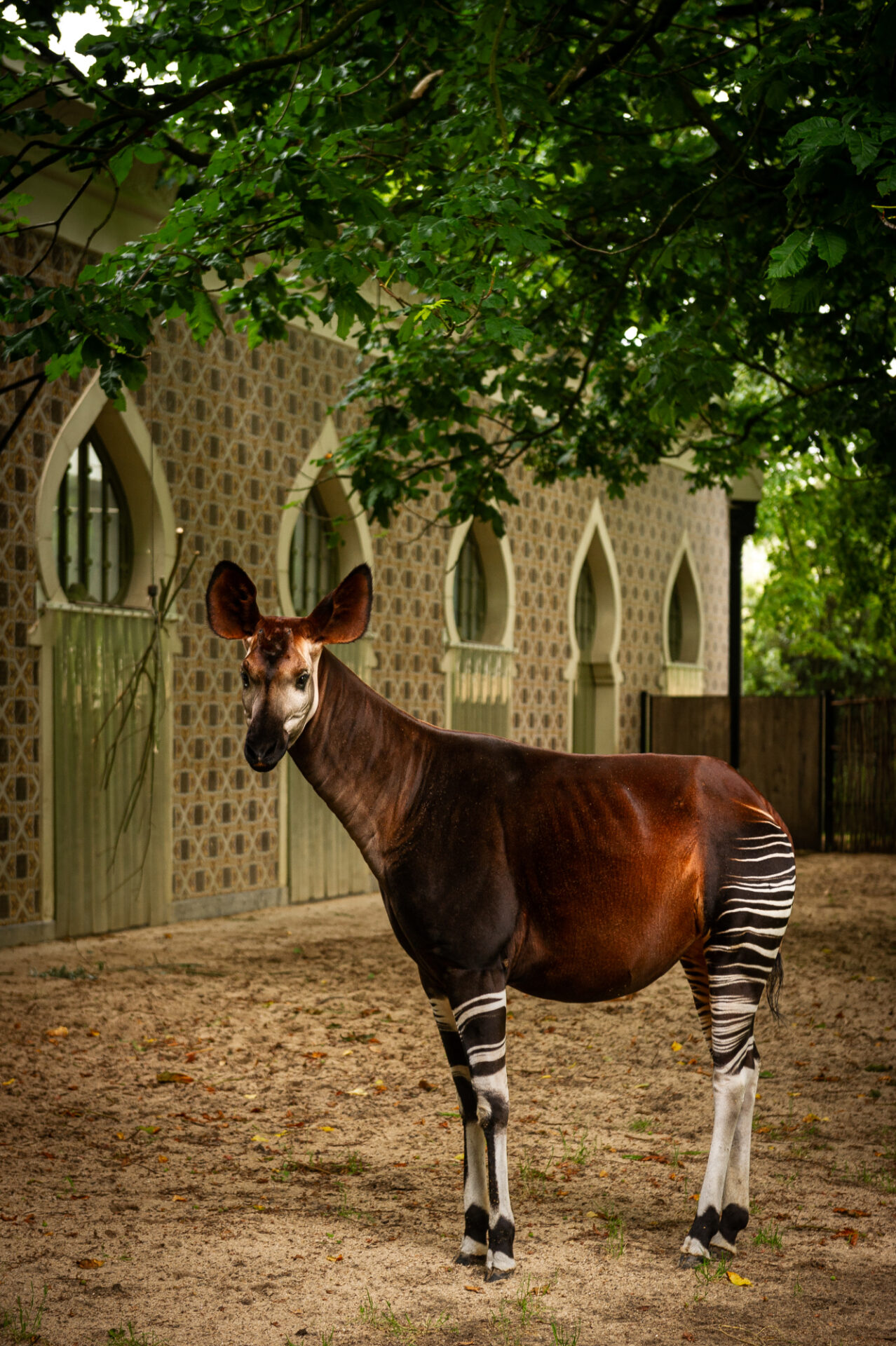
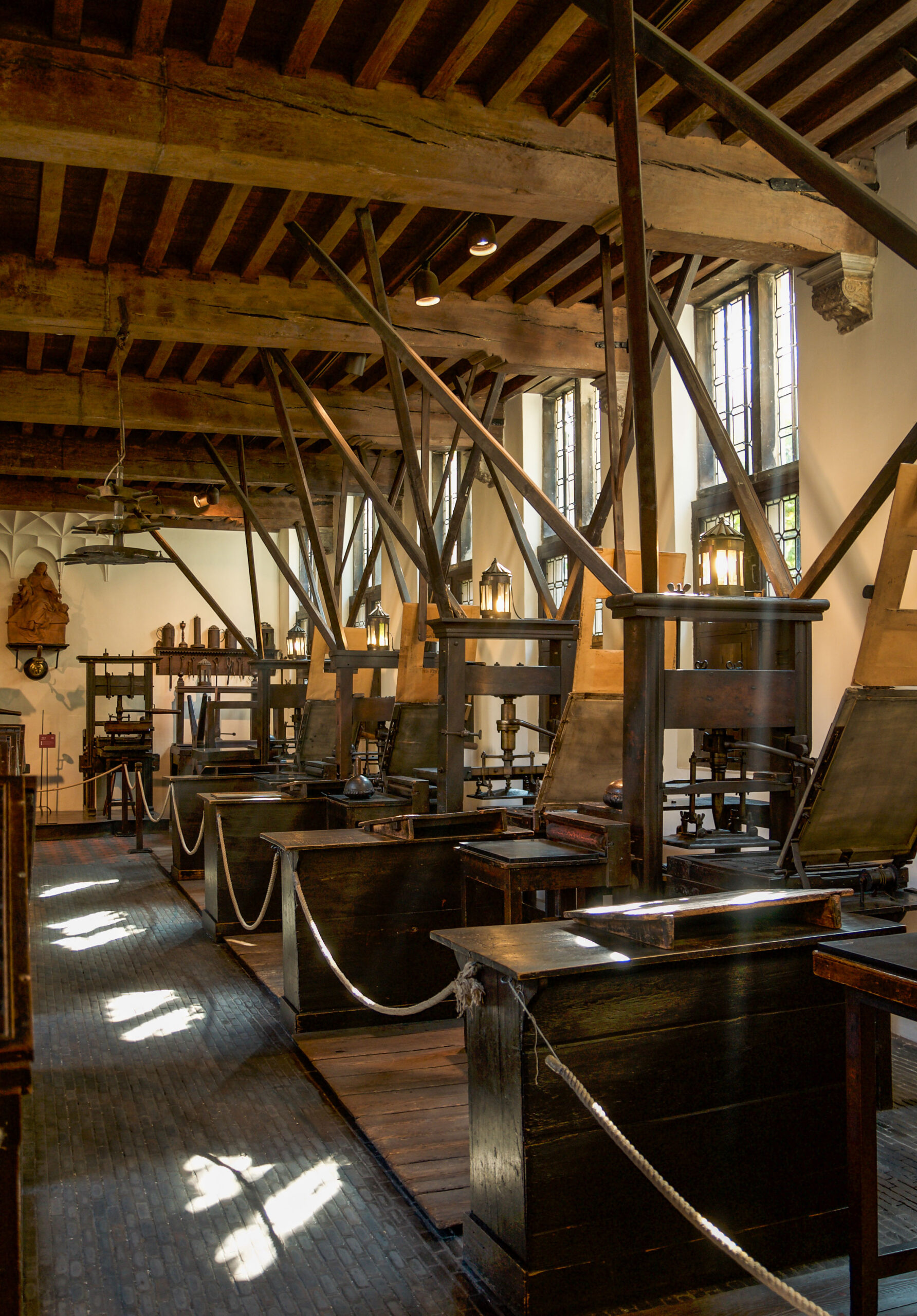
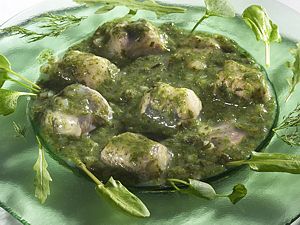 And my lasting impression? Workers eating this green food with chips and mayonnaise. This is palint ‘n groen – eels served with a green sauce made with fresh river herbs and wild leaf vegetables, chervil, sorrel, spinach, watercress and wild garlic leaves. Tasted it – not too bad.
And my lasting impression? Workers eating this green food with chips and mayonnaise. This is palint ‘n groen – eels served with a green sauce made with fresh river herbs and wild leaf vegetables, chervil, sorrel, spinach, watercress and wild garlic leaves. Tasted it – not too bad.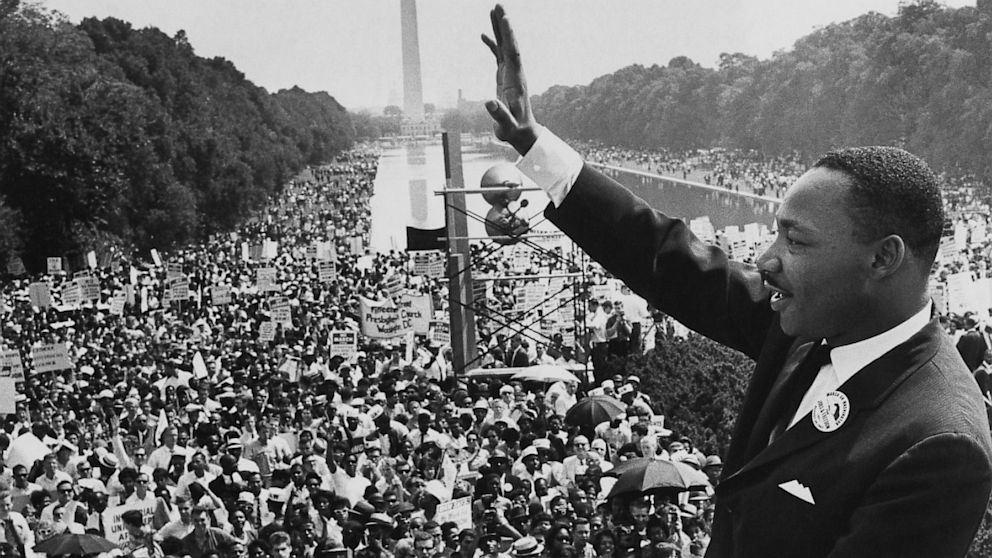

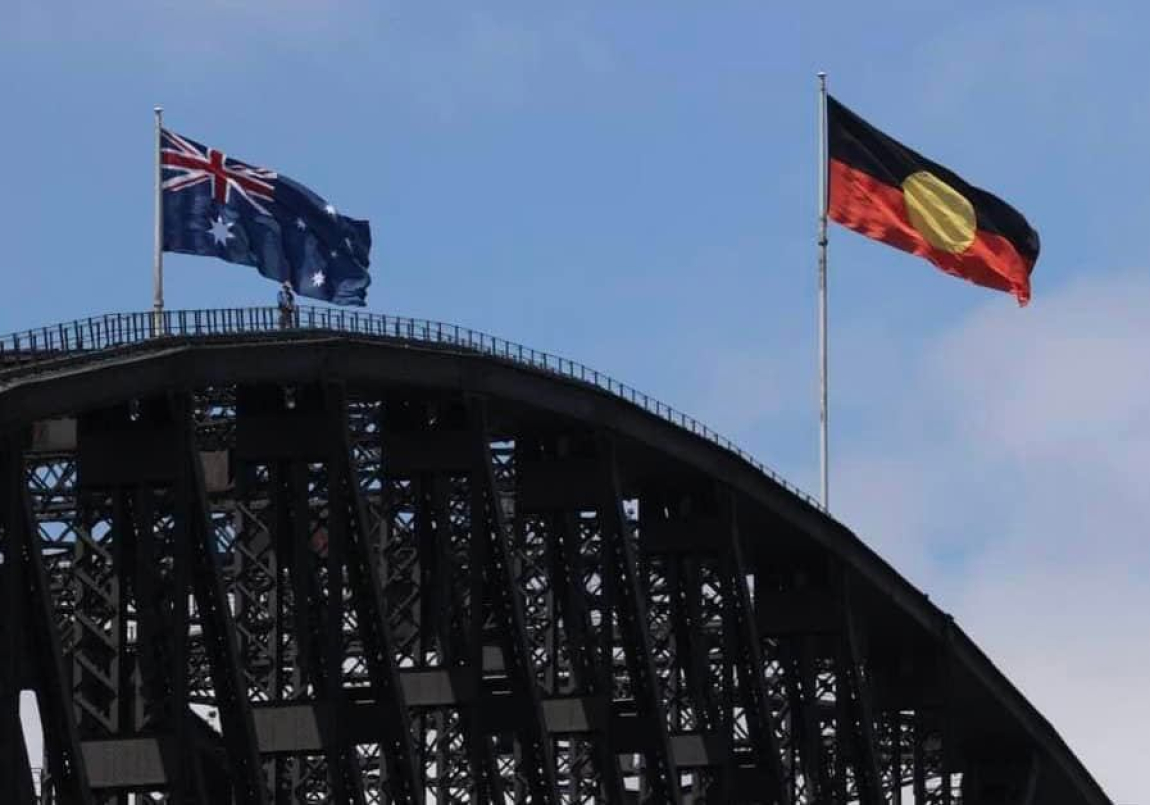 Grievances are met with counter grievance. As someone said, looking at the Aboriginal flag and the Australian flag flying alongside each other on the Harbour Bridge, why? The same person sees the Aboriginal flag as a sign of division and the Australian flag as an embarrassing relic – both to be replaced by a single flag for everyone in the country. Personally, I believe the Aboriginal flag should be the Australian flag rather than the colonial relic. But to me whose ancestors have occupied the country as part of the Celtic diaspora, the Eureka flag flown first by the Ballarat miners during their 1854 insurrection also epitomises that Australia is my Land – and let nobody forget that. I too have a Voice. That is precious privilege of Democracy.
Grievances are met with counter grievance. As someone said, looking at the Aboriginal flag and the Australian flag flying alongside each other on the Harbour Bridge, why? The same person sees the Aboriginal flag as a sign of division and the Australian flag as an embarrassing relic – both to be replaced by a single flag for everyone in the country. Personally, I believe the Aboriginal flag should be the Australian flag rather than the colonial relic. But to me whose ancestors have occupied the country as part of the Celtic diaspora, the Eureka flag flown first by the Ballarat miners during their 1854 insurrection also epitomises that Australia is my Land – and let nobody forget that. I too have a Voice. That is precious privilege of Democracy.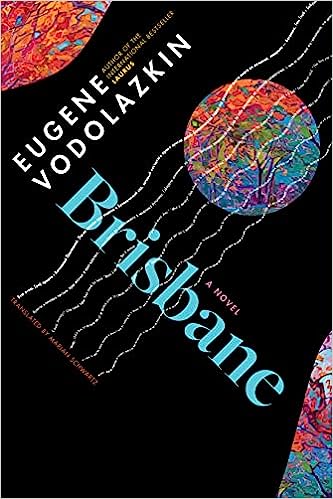 I was thumbing through a recent issue of the NYRB and came across a review by the above author. The book was entitled Brisbane. Given that Brisbane and Russian literature are not ready companions, I read the review. On reading this, it seemed to be just an extension of my perspective of Russian literature, telling the Russian story where Death is an ever-present metronome of the various degrees of misery and cruelty which pockmark the whole literary Russian Treasury of the mysteries of life. These mysteries have always been palpable in the Russian Orthodox liturgy, and in its extraordinary church music, where it soars from the depths to the heights. Terra ad caelium.
I was thumbing through a recent issue of the NYRB and came across a review by the above author. The book was entitled Brisbane. Given that Brisbane and Russian literature are not ready companions, I read the review. On reading this, it seemed to be just an extension of my perspective of Russian literature, telling the Russian story where Death is an ever-present metronome of the various degrees of misery and cruelty which pockmark the whole literary Russian Treasury of the mysteries of life. These mysteries have always been palpable in the Russian Orthodox liturgy, and in its extraordinary church music, where it soars from the depths to the heights. Terra ad caelium.
 I worked with the Pharmacy Guild for a period when it was trying to burnish its image. At that time there were still pharmacies that sold cigarettes; and the aim was to emphasise that the community pharmacist was a health professional and not a shopkeeper who had an incidental function to dispense medicines with profits underwritten by Government. Some were saying “Why set up the University courses when the major function of the community pharmacist is to sell cosmetics and soft toys?”
I worked with the Pharmacy Guild for a period when it was trying to burnish its image. At that time there were still pharmacies that sold cigarettes; and the aim was to emphasise that the community pharmacist was a health professional and not a shopkeeper who had an incidental function to dispense medicines with profits underwritten by Government. Some were saying “Why set up the University courses when the major function of the community pharmacist is to sell cosmetics and soft toys?” 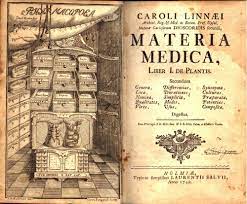
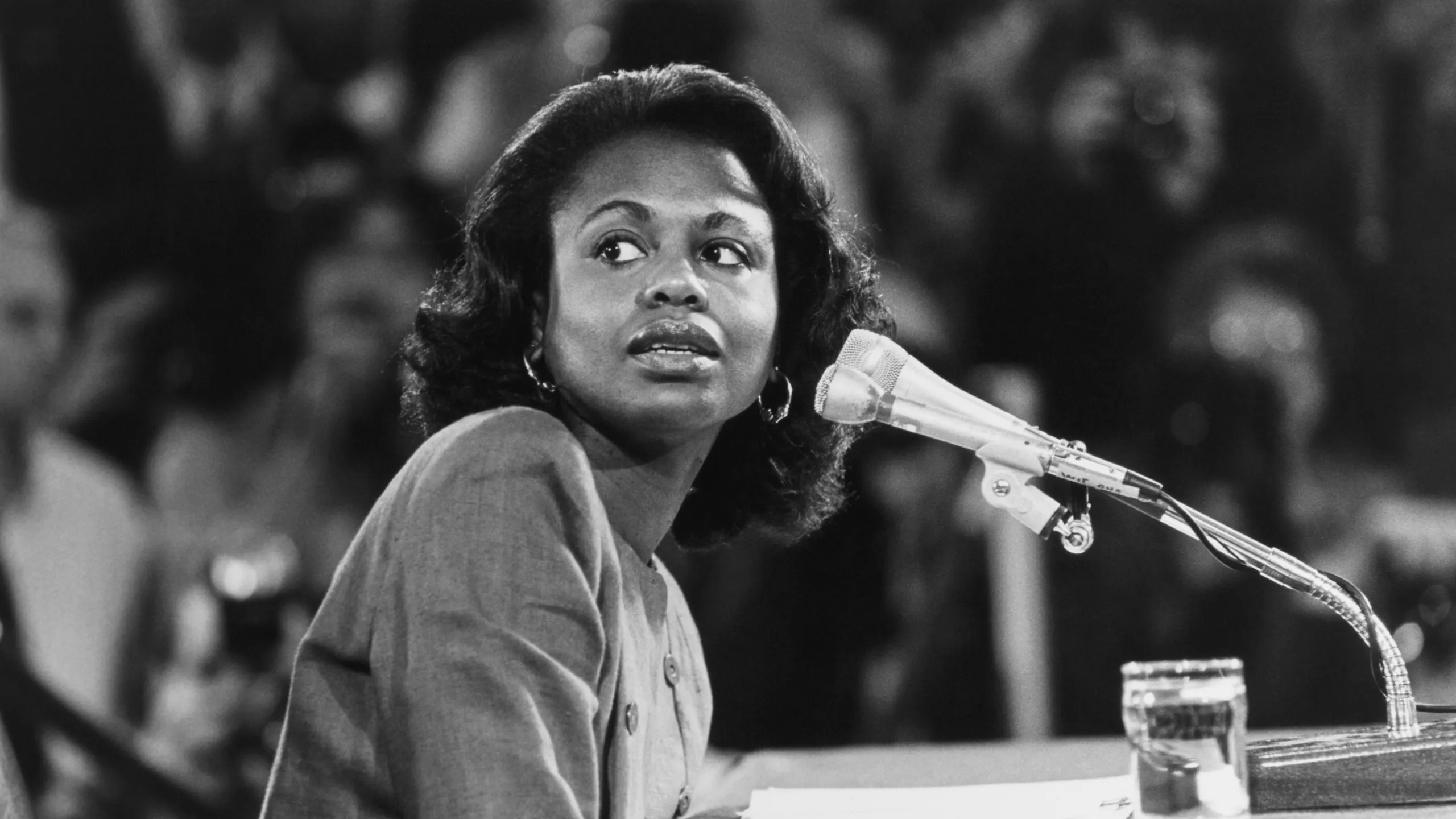

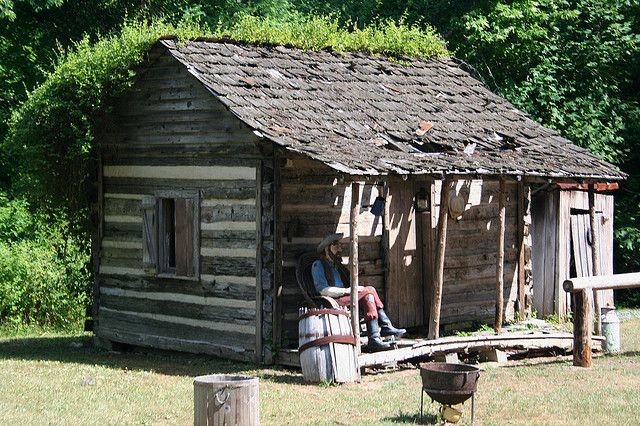 The man had raised his shotgun and pointed it at us. Like a comic strip villain, he cackled. Like the comic strip villain, he fired. Red flashes of “Bam, Bam, Bam, Bam” before our eyes. Egrets rose around the cabin. A duck with a brown-feathered breast fell dead on the roof of our car. This was not my kind of comic strip. We scurried back in the car. The duck had slipped to the side of the road. The man with the shotgun was laughing – a huge hole of mouth and crinkled eyes. There was the last comic cartouche, as my character at the wheel of the car let out a frustrated maledicta of quimps, jarns, nittles and grawlixes as the car was slow to start.
The man had raised his shotgun and pointed it at us. Like a comic strip villain, he cackled. Like the comic strip villain, he fired. Red flashes of “Bam, Bam, Bam, Bam” before our eyes. Egrets rose around the cabin. A duck with a brown-feathered breast fell dead on the roof of our car. This was not my kind of comic strip. We scurried back in the car. The duck had slipped to the side of the road. The man with the shotgun was laughing – a huge hole of mouth and crinkled eyes. There was the last comic cartouche, as my character at the wheel of the car let out a frustrated maledicta of quimps, jarns, nittles and grawlixes as the car was slow to start.
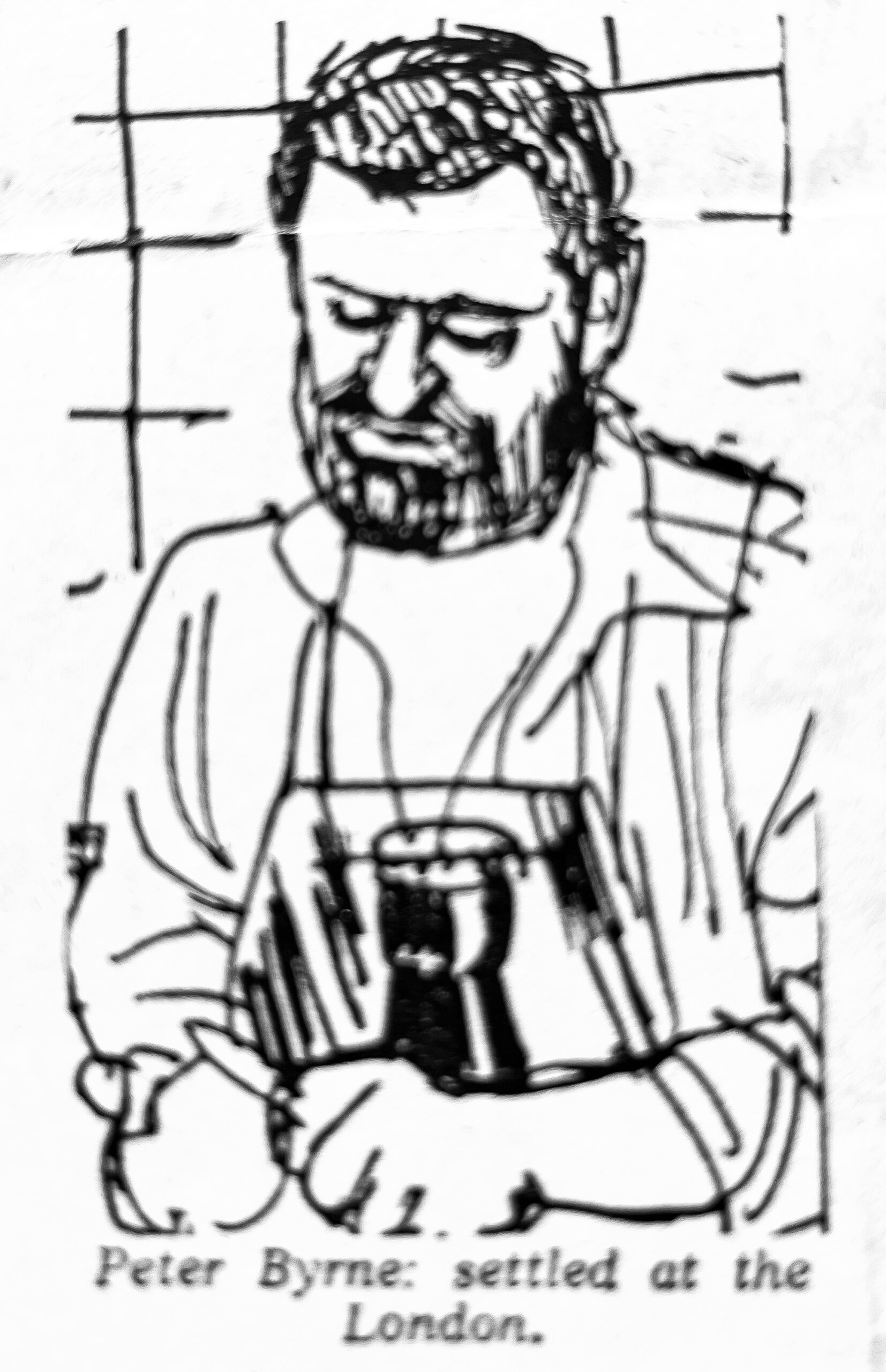 Peter Byrne was the quintessential Australian with an Irish heritage and a strong Labor Party affiliation. He had worked for the leader of the Victorian Labor Party, Clyde Holding. Holding was the silent partner in Waldron’s restaurant. Waldron’s was a restaurant in Bridge Road Richmond, and close to where I then lived. This night a party of four of us for some reason went to dine there. It was the late seventies and it was a BYO restaurant. There was only one other couple in an otherwise empty converted shopfront restaurant. The other couple I recognised as being Claude Forell and his wife. Claude Forell was the food writer for The Age newspaper (and later foundation editor of The Good Food Guide). He was there as the anonymous food writer. We recognised each other, and in short, the night was hilarious, the wine flowed, the food was excellent. Byrne joined in with his wife after he finished cooking. Rhonda was as cool as Peter was pugnacious. The end result was that Forell lavished the evening with praise, particularly the food, in his Age column, and the restaurant took off – from being empty it became full every night.
Peter Byrne was the quintessential Australian with an Irish heritage and a strong Labor Party affiliation. He had worked for the leader of the Victorian Labor Party, Clyde Holding. Holding was the silent partner in Waldron’s restaurant. Waldron’s was a restaurant in Bridge Road Richmond, and close to where I then lived. This night a party of four of us for some reason went to dine there. It was the late seventies and it was a BYO restaurant. There was only one other couple in an otherwise empty converted shopfront restaurant. The other couple I recognised as being Claude Forell and his wife. Claude Forell was the food writer for The Age newspaper (and later foundation editor of The Good Food Guide). He was there as the anonymous food writer. We recognised each other, and in short, the night was hilarious, the wine flowed, the food was excellent. Byrne joined in with his wife after he finished cooking. Rhonda was as cool as Peter was pugnacious. The end result was that Forell lavished the evening with praise, particularly the food, in his Age column, and the restaurant took off – from being empty it became full every night.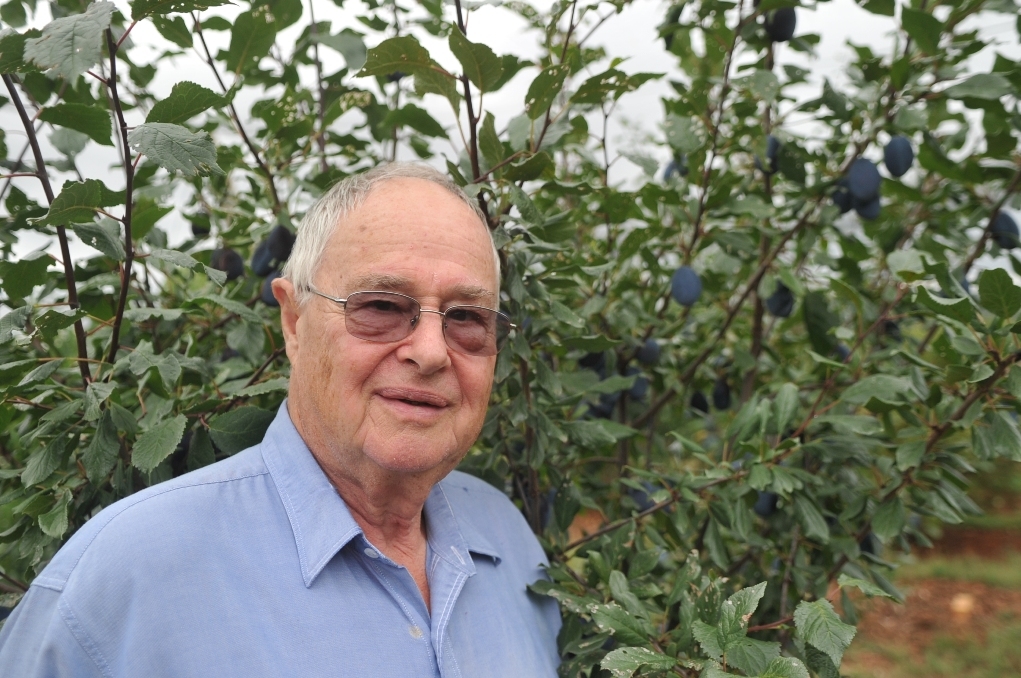
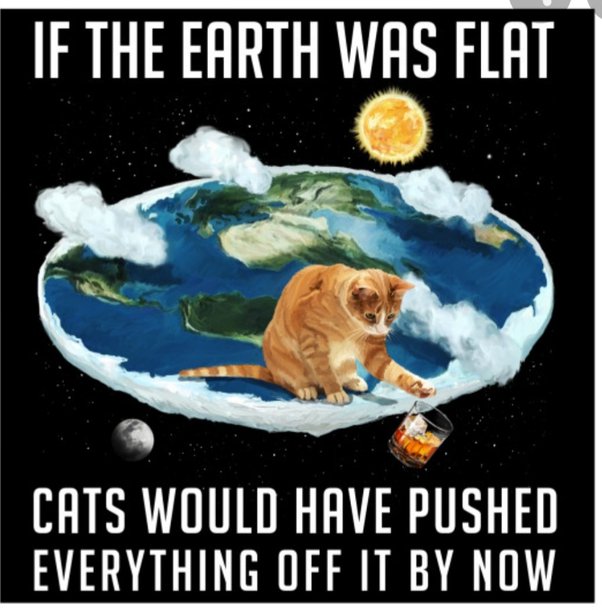


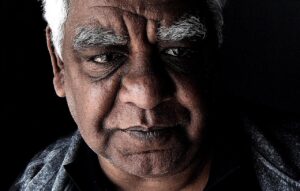
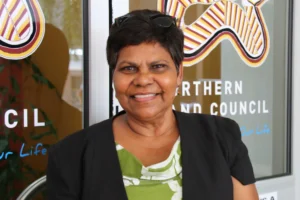

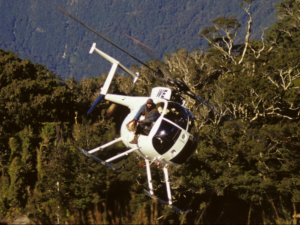
 Deer have a number of advantages. There is this lack of recognition of how dangerous they are. Unlike feral horses in the high country, they hide away from urban Australia. Their destructive effect is complicated by perceptions of deer, either being dewy-eyed fawns – the bambi effect, or alternatively projecting the majesty of the Monarch of the Glen. The hunter lobby is very powerful given that, in both the Victorian and New South Wales parliaments, there are representatives of Shooters, Fishers and Farmers Party.
Deer have a number of advantages. There is this lack of recognition of how dangerous they are. Unlike feral horses in the high country, they hide away from urban Australia. Their destructive effect is complicated by perceptions of deer, either being dewy-eyed fawns – the bambi effect, or alternatively projecting the majesty of the Monarch of the Glen. The hunter lobby is very powerful given that, in both the Victorian and New South Wales parliaments, there are representatives of Shooters, Fishers and Farmers Party.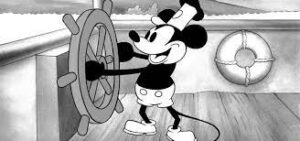

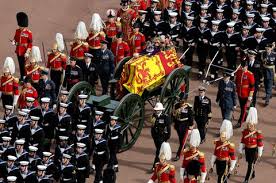 And the funeral procession itself dispensed with the gaggle of European royals and heads of State, who were ensconced in the Abbey without the obligation to walk.
And the funeral procession itself dispensed with the gaggle of European royals and heads of State, who were ensconced in the Abbey without the obligation to walk.
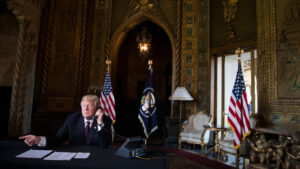 Former president Donald Trump has set up his office on the second floor of his Mar-a-Lago estate in Florida as part replica of the Oval Office and part homage to his time in the real White House.
Former president Donald Trump has set up his office on the second floor of his Mar-a-Lago estate in Florida as part replica of the Oval Office and part homage to his time in the real White House.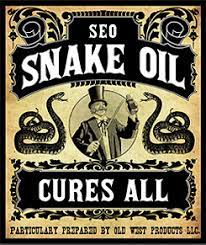 Perhaps I do snake oil a disservice. Made from the oil of the Chinese water snake, which is rich in the omega-3 acids that help reduce inflammation, snake oil in its original form is alleged to have been effective, especially when used to treat arthritis and bursitis. The workers would rub the oil on their joints after a long hard day at work. The story goes that the Chinese workers began sharing the oil with some American counterparts, who marvelled at its effects.
Perhaps I do snake oil a disservice. Made from the oil of the Chinese water snake, which is rich in the omega-3 acids that help reduce inflammation, snake oil in its original form is alleged to have been effective, especially when used to treat arthritis and bursitis. The workers would rub the oil on their joints after a long hard day at work. The story goes that the Chinese workers began sharing the oil with some American counterparts, who marvelled at its effects.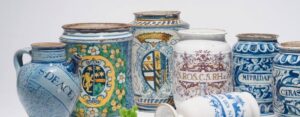 The drug warehouse is just an extension of using the screen of the pharmacist monopoly provisions to peddle all sorts of claims for their remedies, often with no or little evidence of their collective efficacy.
The drug warehouse is just an extension of using the screen of the pharmacist monopoly provisions to peddle all sorts of claims for their remedies, often with no or little evidence of their collective efficacy.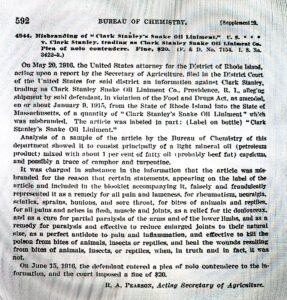


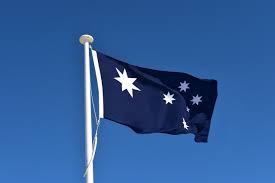
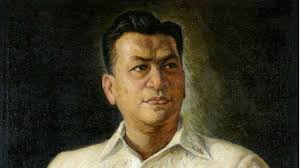
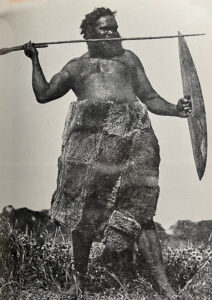 Yet the Ngarrindjeri had their own clothes – an Aboriginal clothed neck to ankles in a toga of possum skins, a woven dilly bag slung over his shoulder, carrying a nulla in one hand and a shield in the other cuts an impressive figure. Other early illustrations show people with woven seaweed cloaks. These were skilful sophisticated hunter/gatherers.
Yet the Ngarrindjeri had their own clothes – an Aboriginal clothed neck to ankles in a toga of possum skins, a woven dilly bag slung over his shoulder, carrying a nulla in one hand and a shield in the other cuts an impressive figure. Other early illustrations show people with woven seaweed cloaks. These were skilful sophisticated hunter/gatherers.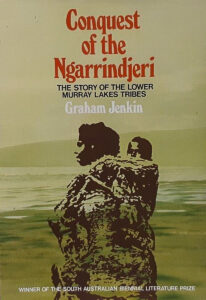 Uncle Henry Rankin gave us a copy of the book “Conquest of the Ngarrindjeri” during a visit just before Christmas in 2000. He had been significant in maintaining the integrity of the community – a community whose members are spread far and wide and who are prominent members of the South Australian community. This edition was an update of the original work written by a University of South Australia academic, Graham Jenkin. Originally published in 1979, it won the Wilke Literary Award for non-fiction; the second edition was published by Raukkan itself in 1995.
Uncle Henry Rankin gave us a copy of the book “Conquest of the Ngarrindjeri” during a visit just before Christmas in 2000. He had been significant in maintaining the integrity of the community – a community whose members are spread far and wide and who are prominent members of the South Australian community. This edition was an update of the original work written by a University of South Australia academic, Graham Jenkin. Originally published in 1979, it won the Wilke Literary Award for non-fiction; the second edition was published by Raukkan itself in 1995.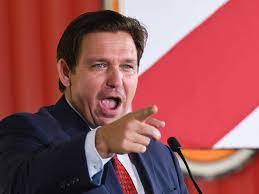
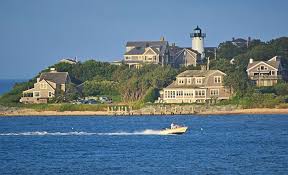

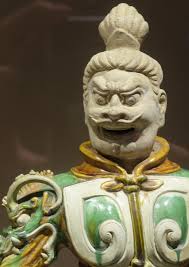

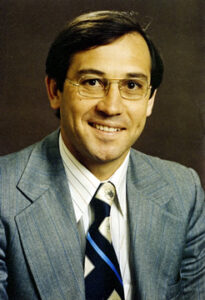
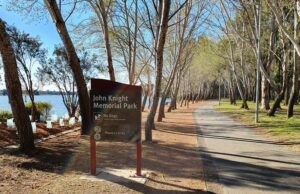
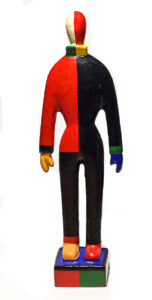 I look at this figurine – a wooden model drawn from the quartet of multi-coloured figures in the Malevich painting entitled The Athletes, probably painted in 1931 and hanging in The Russian Museum.
I look at this figurine – a wooden model drawn from the quartet of multi-coloured figures in the Malevich painting entitled The Athletes, probably painted in 1931 and hanging in The Russian Museum.

